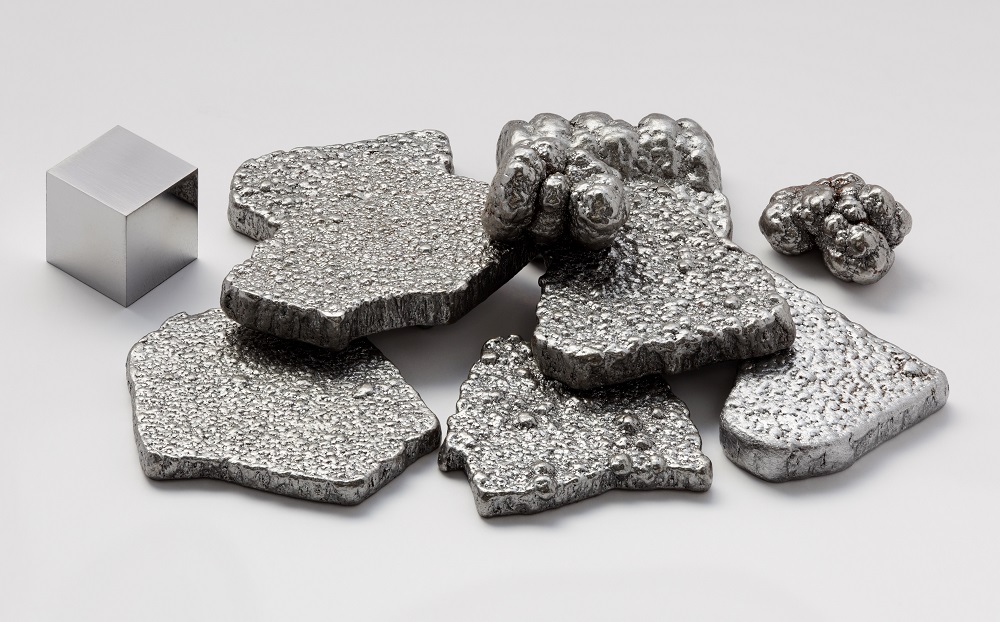Introduction
The hydrogen bomb, often referred to as a thermonuclear bomb or H-bomb, represents one of the most powerful and destructive weapons ever devised by humankind. Unlike atomic bombs, which rely on nuclear fission, the hydrogen bomb derives its immense energy from the process of nuclear fusion. This comprehensive exploration aims to delve into the intricate science behind the hydrogen bomb, unraveling the principles of nuclear fusion, the historical development of thermonuclear weapons, and the global implications of possessing such devastating technology.
Understanding Nuclear Fusion
1. Fundamentals of Fusion:
- Nuclear fusion is a process in which two light atomic nuclei combine to form a heavier nucleus, releasing an enormous amount of energy in the process. This contrasts with nuclear fission, where a heavy nucleus splits into two smaller ones.
2. Hydrogen Isotopes Involved:
- The primary fuel for nuclear fusion in hydrogen bombs involves isotopes of hydrogen, namely deuterium and tritium. Deuterium is a hydrogen isotope with one neutron, while tritium has two neutrons.
3. Temperature and Pressure Requirements:
- Achieving nuclear fusion requires extreme conditions of temperature and pressure. The intense heat and pressure generated by a nuclear explosion serve as the catalyst for initiating and sustaining the fusion reaction.
4. Stellar Fusion Inspiration:
- The concept of nuclear fusion in hydrogen bombs is inspired by the fusion reactions that power stars, including our sun. It is an attempt to harness the incredible energy released during these natural processes for destructive purposes.
The Evolution of the Hydrogen Bomb
1. Origins in the Manhattan Project:
- The development of the hydrogen bomb traces its roots back to the aftermath of World War II and the Manhattan Project, where scientists like Edward Teller and Stanislaw Ulam began exploring the feasibility of a thermonuclear device.
2. Teller-Ulam Design:
- The breakthrough in hydrogen bomb design came with the Teller-Ulam configuration. This design incorporates a staged approach involving both fission and fusion reactions, resulting in a significantly more powerful explosion than a pure fission bomb.
3. Castle Bravo Test:
- The first successful test of a hydrogen bomb using the Teller-Ulam design was the Castle Bravo test conducted by the United States in 1954. The test yielded unexpectedly high energy output, highlighting the devastating potential of thermonuclear weapons.
4. Soviet and Global Proliferation:
- Following the successful development of the hydrogen bomb by the United States, the Soviet Union and other nuclear powers pursued their own programs, leading to the global proliferation of thermonuclear weapons during the Cold War.
The Science Behind the Teller-Ulam Design
1. Primary Stage – Fission Bomb:
- The Teller-Ulam design typically involves a primary stage that is a fission bomb. This initial explosion generates the high temperature and pressure necessary to initiate the fusion reaction.
2. Secondary Stage – Fusion Fuel:
- The energy from the primary stage is directed inward to compress and heat the secondary stage, which contains isotopes of hydrogen—deuterium and tritium. This initiates the fusion reaction, releasing a tremendous amount of energy.
3. Radiation Case and Tamper:
- The secondary stage is surrounded by a radiation case and tamper, which serve to contain the intense radiation and pressure generated during the fusion process. These components contribute to the efficiency of the bomb.
4. X-Ray Compression:
- X-rays generated by the fission bomb in the primary stage play a crucial role in compressing the secondary stage. This compression increases the density and temperature of the fusion fuel, facilitating the fusion reaction.
Ethical and Global Implications
1. Unprecedented Destructive Power:
- The hydrogen bomb’s reliance on nuclear fusion imparts it with unparalleled destructive power. The energy released in a thermonuclear explosion far exceeds that of a fission bomb, leading to devastating consequences on a larger scale.
2. Global Security Concerns:
- The existence of hydrogen bombs raises significant global security concerns. The proliferation of these weapons poses a threat to international stability, and efforts to prevent their spread have been a focal point of arms control negotiations.
3. Environmental Impact:
- The environmental impact of hydrogen bomb explosions is profound. Beyond the immediate devastation caused by the blast, the release of radioactive fallout can have long-term effects on ecosystems and human health.
4. Ethical Considerations:
- The ethical considerations surrounding the development and use of hydrogen bombs are complex. The sheer destructive power of these weapons, coupled with their potential for mass casualties, raises questions about the morality of their existence and deployment.
Contemporary Challenges and Arms Control
1. Non-Proliferation Treaties:
- International efforts to curb the spread of nuclear weapons include various non-proliferation treaties. Treaties such as the Treaty on the Non-Proliferation of Nuclear Weapons (NPT) aim to prevent the further spread of nuclear weapons and promote disarmament.
2. Denuclearization Efforts:
- Calls for nuclear disarmament persist in the global community. Advocates argue for the reduction and eventual elimination of nuclear arsenals to mitigate the risk of nuclear conflict and the catastrophic consequences associated with hydrogen bomb explosions.
3. Technological Challenges:
- Advancements in technology, including the potential development of more sophisticated and powerful thermonuclear devices, present ongoing challenges for arms control efforts. The need for continued vigilance and diplomacy is essential to address emerging threats.
Conclusion
The hydrogen bomb, with its foundation in nuclear fusion, stands as both a testament to scientific achievement and a sobering reminder of humanity’s capacity for destruction. This comprehensive exploration has delved into the principles of nuclear fusion, the historical development of the hydrogen bomb, and the global implications of possessing such formidable technology. As the world grapples with the ethical and security challenges posed by these weapons, the pursuit of disarmament and international cooperation remains paramount. The hydrogen bomb, born out of scientific ingenuity and geopolitical tensions, underscores the urgent need for diplomatic efforts to secure a future free from the specter of thermonuclear devastation.









